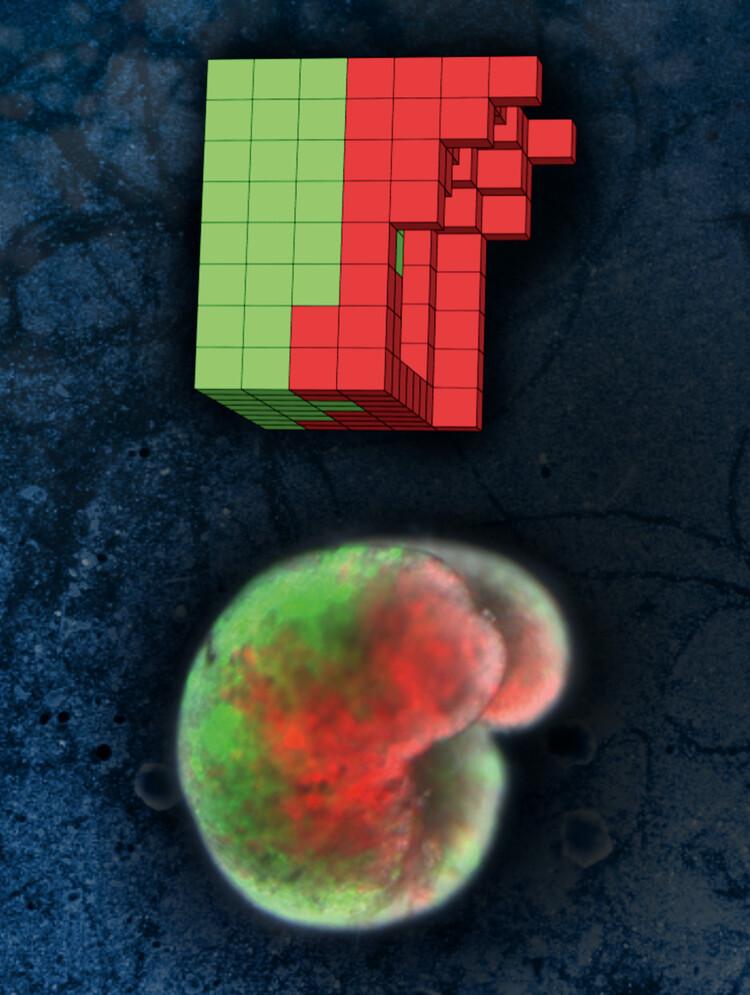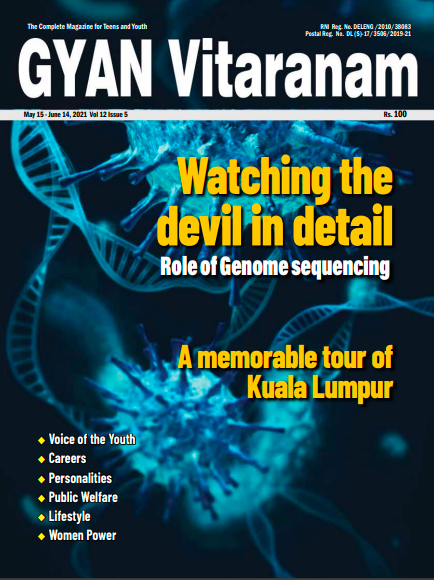Last year, a team of biologists and computer scientists from Tufts University and the University of Vermont (UVM) created novel, tiny self-healing biological machines from frog cells called “Xenobots” that could move around, push a payload, and even exhibit collective behaviour in the presence of a swarm of other Xenobots. Xenobots, named after the African clawed frog (Xenopus laevis ) are synthetic organisms that are automatically designed by computers to perform some desired function and built by combining together different biological tissues.
Xenobots are less than a 1 millimeter wide and composed of just two entities: skin cells and heart muscle cells, both of which are derived from stem cells harvested from early (blastula stage) frog embryos. The skin cells provide rigid support and the heart cells act as small motors, contracting and expanding in volume to propel the xenobot forward. The shape of a xenobot’s body, and its....

